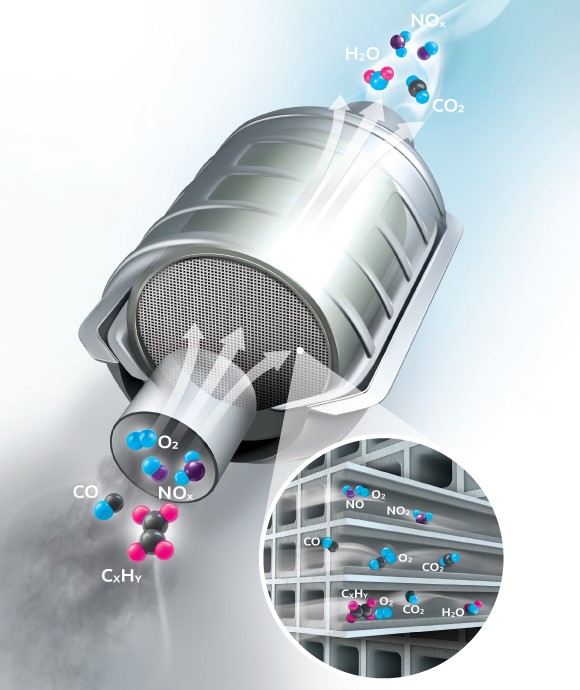Diesel Oxidising Catalyst (DOC)
A diesel oxidation catalyst cleaning (DOC) is a device that breaks down the pollutants from a diesel engine in the exhaust stream by using a chemical process aimed at turning the pollutants into less harmful components. It tends to closely resemble an automobile’s catalyst converter.

Australia Wide Coverage

Experienced Vehicle Technicians

Same Day Service

Understanding the Diesel Oxidation Catalyst (DOC)
How it works
Can the DOC be cleaned like a Diesel Particulate Filter (DPF)?
Why Does a DOC Fail?
The DOC has one job, which is to create heat for soot oxidation, but if the engine is not running properly because of bad injectors or a turbo issue, or the aftertreatment system is not operating properly due to exhaust leaks or a leaking hydrocarbon doser, the DOC will fail prematurely. We will see DOC contamination which in turn could poison the DOC and cause DOC face plugging.
What is DOC Face Plugging?
Diesel Oxidising Catalyst (DOC) – Cleaning
DOC’s do not become blocked like a DPF does because they aren’t catching particulates but more so are converting carbon monoxide (CO) and hydrocarbons into carbon dioxide (CO2) and water. It may have an accumulation of deposits on the catalyst’s internal construction over time which Australian DPF Centre can remove using our state of the art machines and equipment.
